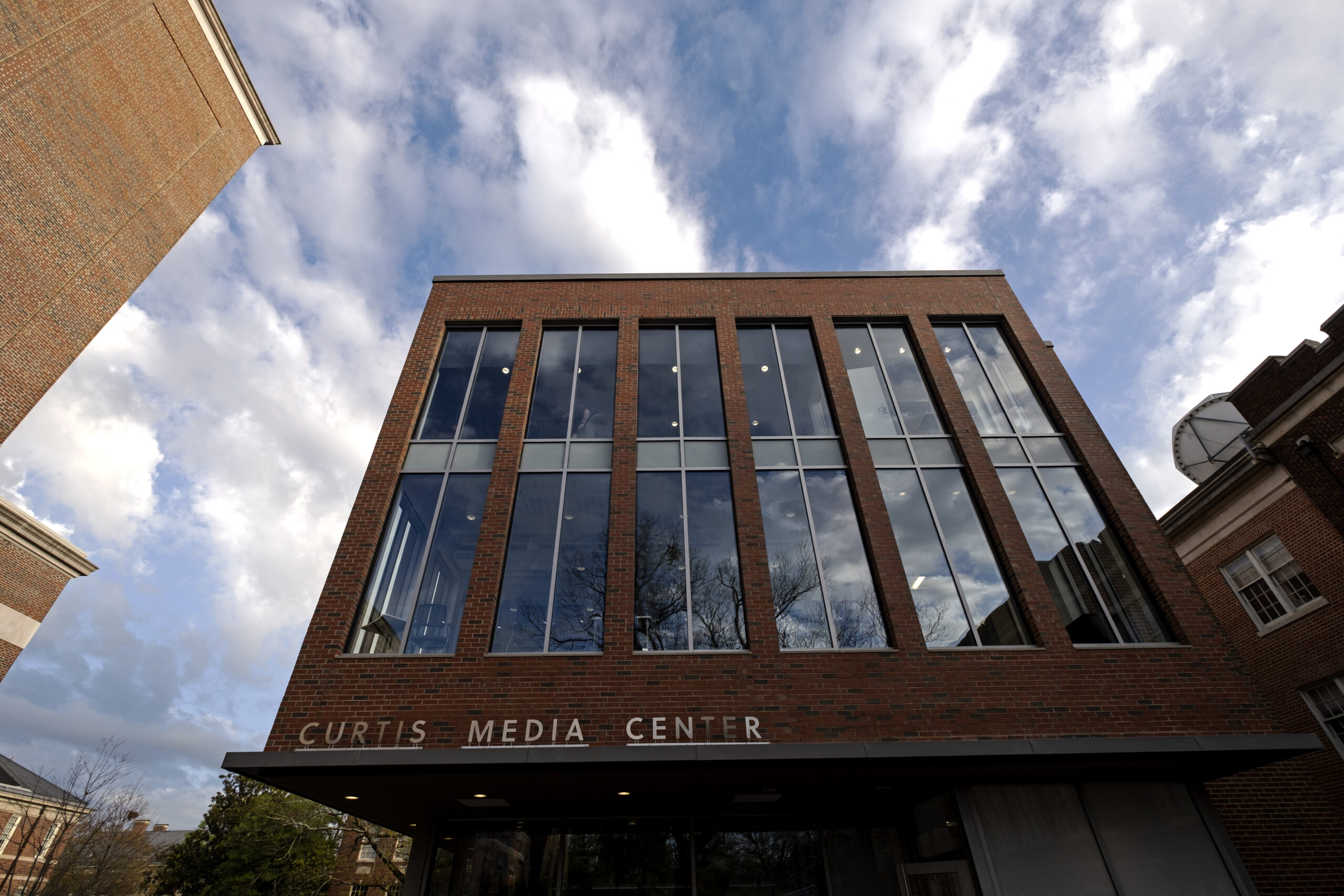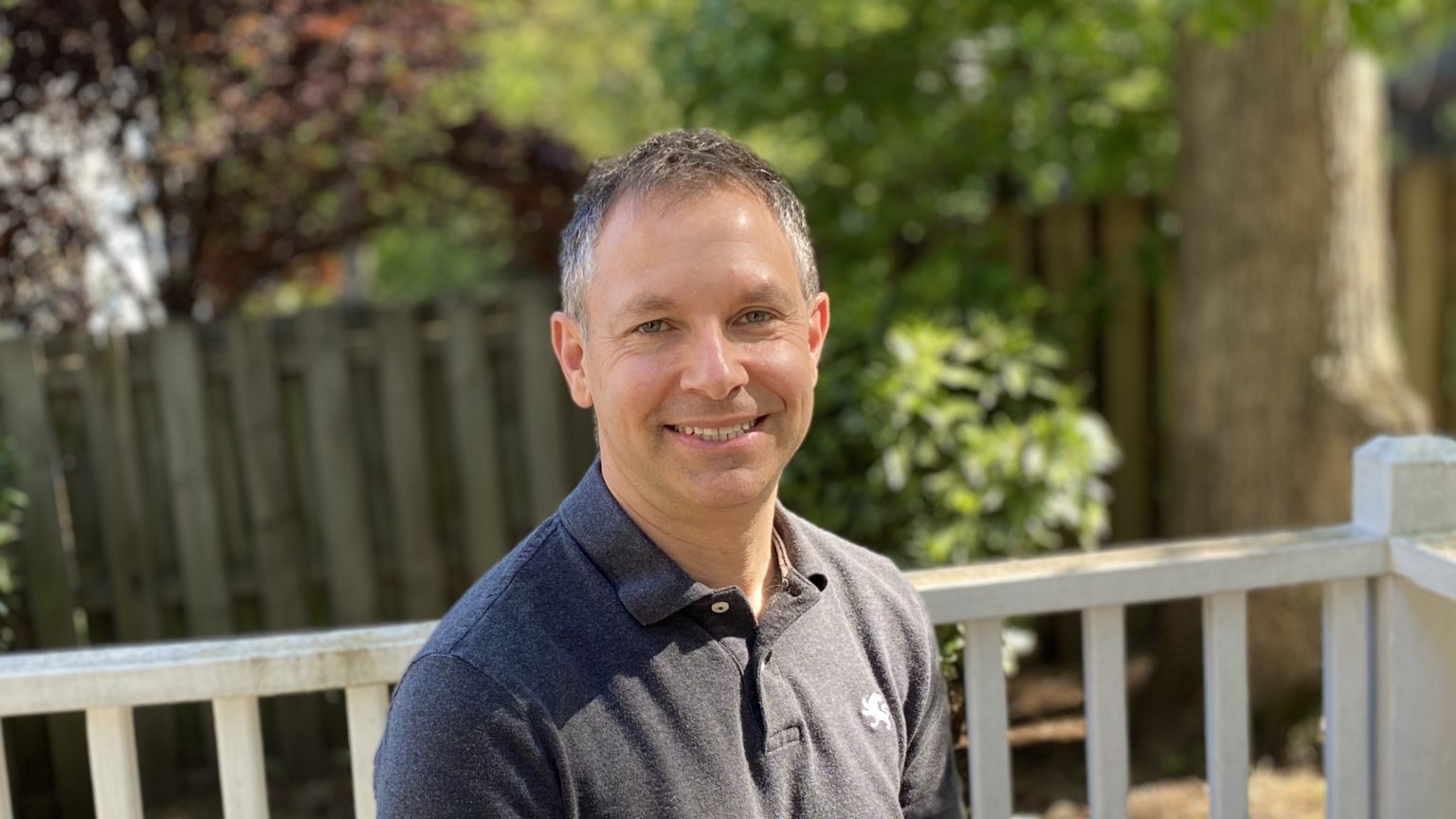Tune in to Focus Carolina during morning, noon and evening drive times and on the weekends to hear stories from faculty members at UNC and find out what ignites their passion for their work. Focus Carolina is an exclusive program on 97.9 The Hill WCHL, sponsored by the University of North Carolina at Chapel Hill.
Amy Gladfelter is a quantitative cell biologist and an Associate Professor of Biology at the University of North Carolina at Chapel Hill. Researchers at the Gladfelter Lab at UNC study how cells are organized in time and space, how cytoplasm is spatially patterned and how cells sense their own shape among other topics.
Specifically, Gladfelter is interested in how cells organize themselves and how molecules make all the reactions that sustain life.
“We’ve discovered sort of a new way that cells organize themselves and it’s through a process of condensation. These molecules come together and they coalesce, or form droplets just like dew forms droplets on grass or you see droplets when you make a salad dressing with oil and vinegar.”
Within cells themselves are organelles, or specialized structures within the living cell. The space between the organelles looks like water, but, as Gladfelter explains, it is actually packed with molecules.
“It’s standing-room only on a subway, and imagine that every single person on that subway car has a difference place it needs to end up, to get to just the right seat or just the right door. It’s a very dense place, it’s packed with molecules, and yet that’s where a lot of action is in life.”
Much of Gladfelter’s work at UNC is based around studying healthy cells, which leads to recognizing diseases. There are many examples of situations where scientists and researchers only understand a disease because they understand what health looks like.
Researchers at Gladfelter’s lab are also learning that molecules can form aggregates, or solid structures that can be toxic. This is the basis of neurodegenerative diseases and her lab is studying how cells form and maintain these structures.
Her lab’s study correlates directly with the study surrounding amyotrophic lateral sclerosis, or Lou Gehrig’s disease.
“There is work being done in labs all over the world trying to identify drugs that can target this process of solidification and block it. The hope that maybe there will even be pharmacological ways ways to reverse it so that the aggregates will dissolve and go back to a liquid like state.”
Gladfelter says that she views almost all parts of her job as education, as she is constantly teaching and training people how to do research. Being a scientist is about interaction between peers, not just researching alone in a lab.
“I’m spending much more time helping people troubleshoot their experiments. There’s a huge human component to this job of being a scientist. Scientists are not just alone in a lab, it’s a very social endeavor. It’s very much a team-based endeavor.”
Featured image by Jon Gardiner/UNC-Chapel Hill.







Comments on Chapelboro are moderated according to our Community Guidelines